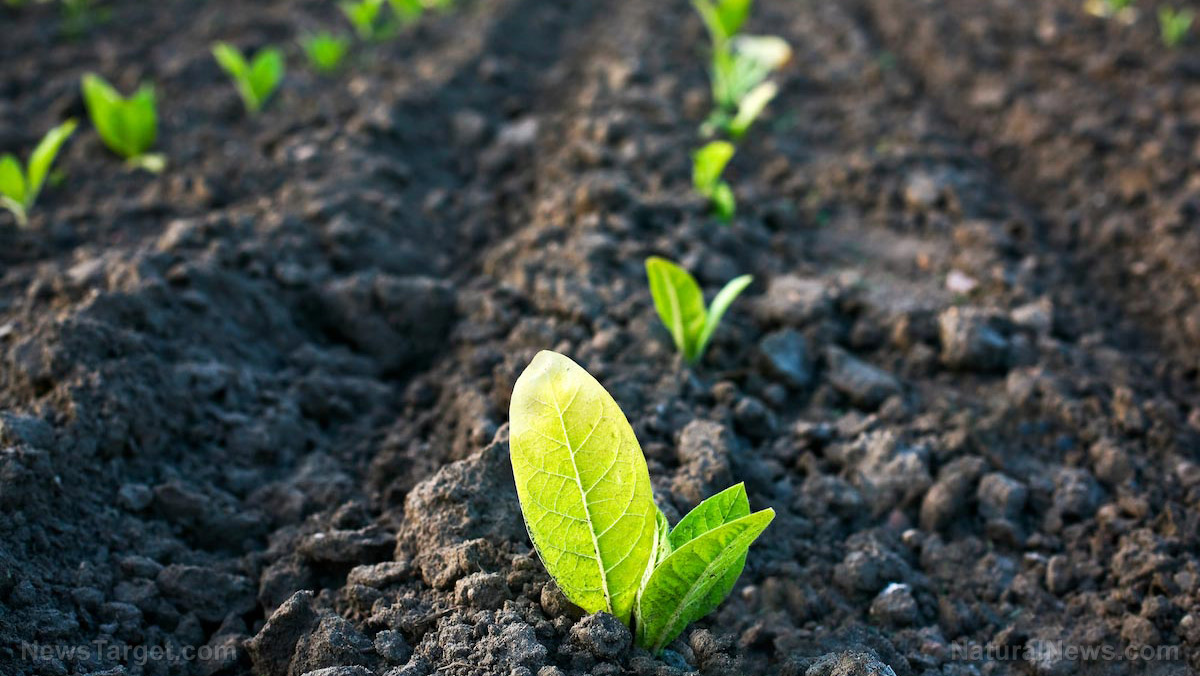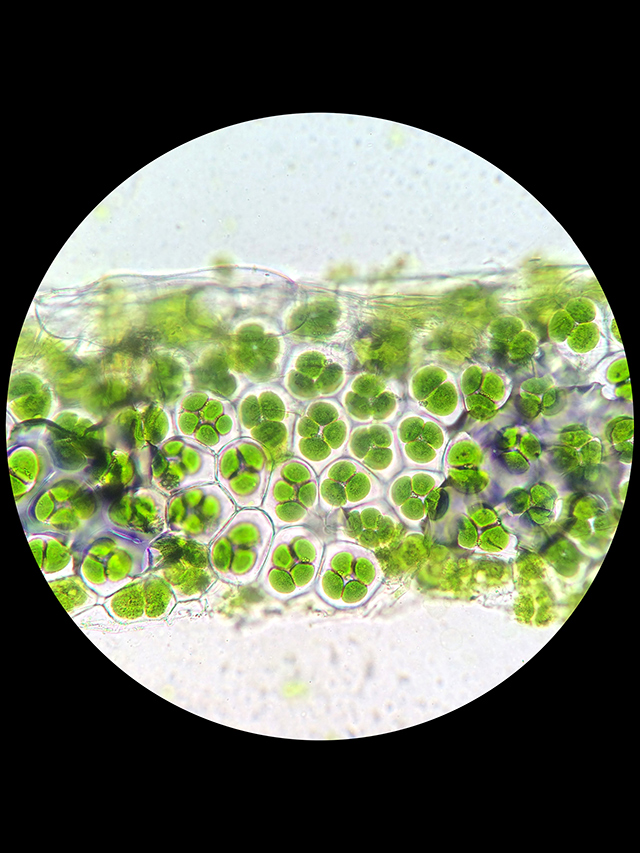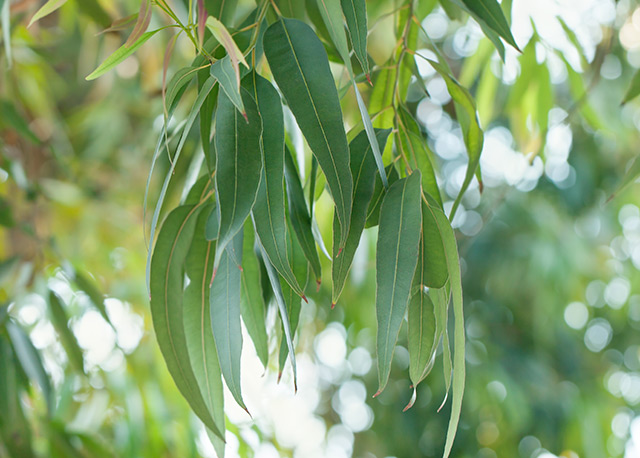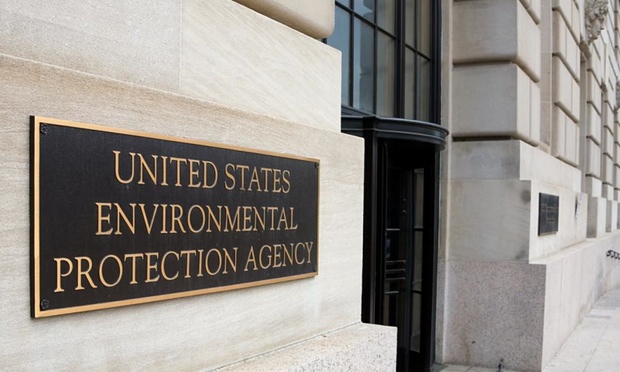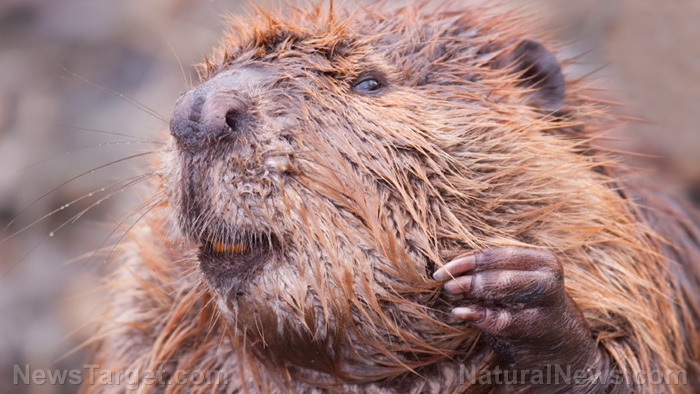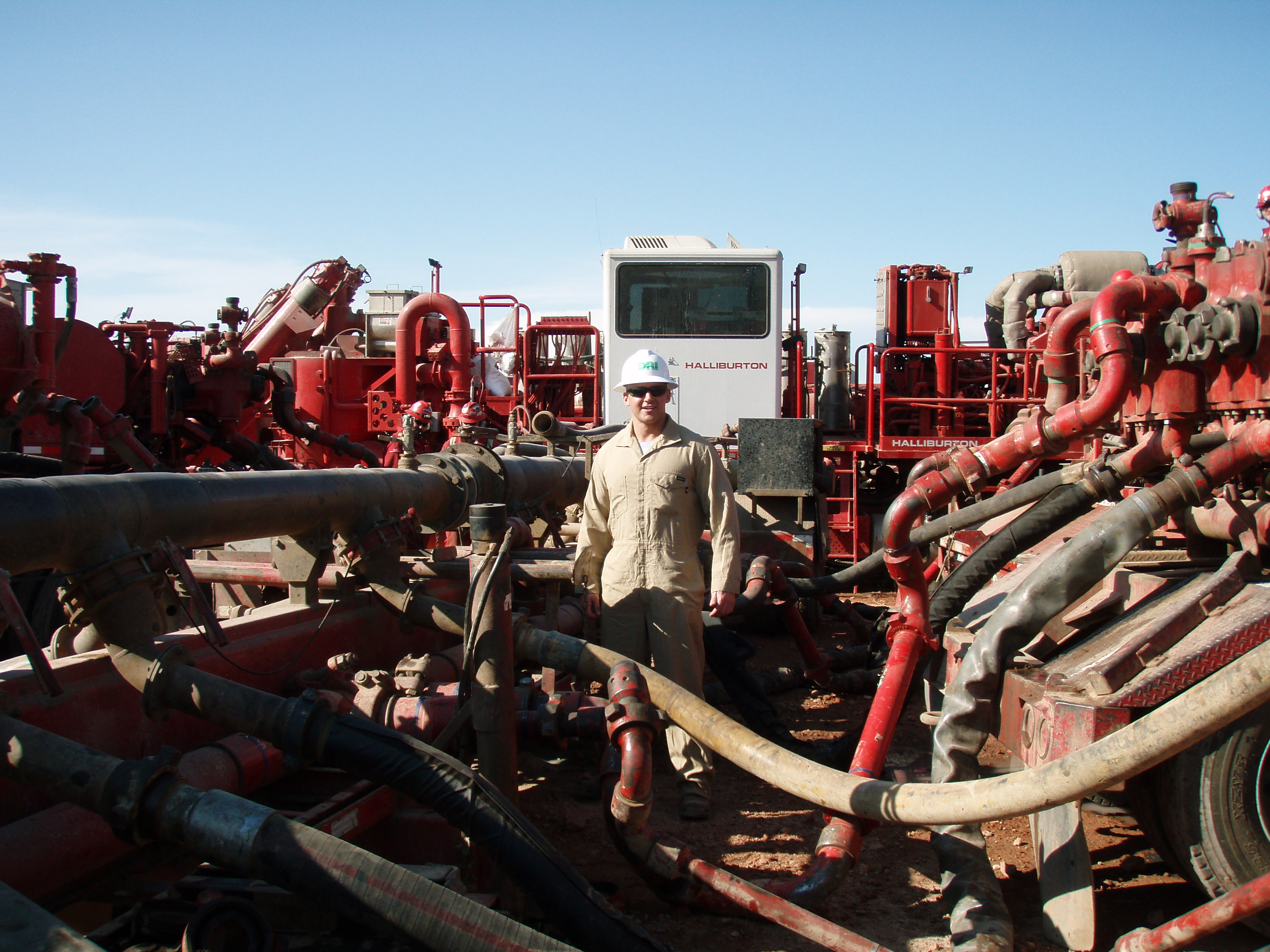The Cerrado, a unique savanna in Brazil, is at risk of losing biodiversity because it’s being converted into cropland, as well as due to overall inefficient management, according to a study published in the Journal of Applied Ecology. It’s also the only savanna in the world with perennial rivers that provide hydroelectric power, which means that these are endangered as well.
Researchers in Brazil conducted the study in 29 areas in the state of São Paulo, surveying the vegetation, including both trees and the small plants that make up the ground layer of Cerrado’s flora. The Cerrado contains areas with 35 various plant species per square meter, and is richer in flora and fauna than the tropical forest biome. It’s also known to have significant natural regeneration potential. However, researchers found that the resilience of Cerrado is limited to its trees. This means that the damaging effects of farming on the savanna’s biodiversity is conclusive.
“We discovered that the ground layer, which contains most endemic species, doesn’t regenerate once it’s been destroyed. Therefore, when pasture is simply abandoned, after a time it becomes cerradão, high-canopy closed forest with poor biodiversity,” said Gisela Durigan, of the São Paulo State University (UNESP).
The trees in the savanna recover only because they possess very deep roots and have evolved over millions of years, in which they developed the ability to re-sprout numerous times. In addition, they are not affected by herbicides. However, the shrubs and other low plant cover in the ground layer are being removed to convert the area into pasture. They also cannot grow back because of the invasion of the highly resistant and aggressive exotic signalgrass, also known as Brachiaria.
“This grass only disappears when the tree cover is dense enough to provide shade. But when the exotic grass disappears, there can be no regeneration of the original shrubs and bushes, which were completely eradicated by the use of herbicide, as well as by mowing and competition from brachiaria, and don’t tolerate shade,” explained Durigan.
The researchers concluded that once Cerrado is degraded, it will not regenerate spontaneously – unless proper human management is applied. The researchers suggested that in order to promote regeneration in the savanna, the tree density should not exceed 15 square meters per hectare, exotic grasses must be wiped out, and native plants must be reintroduced to form a ground layer.
More on Cerrado
The Cerrado covers more than 20 percent of Brazil, and its native habitats and rich biodiversity are being destroyed more quickly than rain forests. The Cerrado, located between the Amazon, Atlantic Forests, and Pantanal, is the largest savanna region in South America. The Brazilian savanna also has more than 10,000 species of plants, 45 percent of which are only found in the Cerrado. In addition, it feeds three of the major water basins in South America: The Amazon, Paraguay, and São Francisco rivers.
Despite its great importance, it’s one of the most threatened and over-exploited regions in Brazil, second to the Atlantic Forests in vegetation and deforestation. The main threats to the biodiversity of the Cerrado are unsustainable agricultural activities, mainly soy production and cattle ranching, and burning of vegetation for charcoal.
Read more news stories and studies on threatened ecosystems by going to Environ.news.
Sources include:
ScienceDaily.com
WWF.Panda.org
Nature.org



